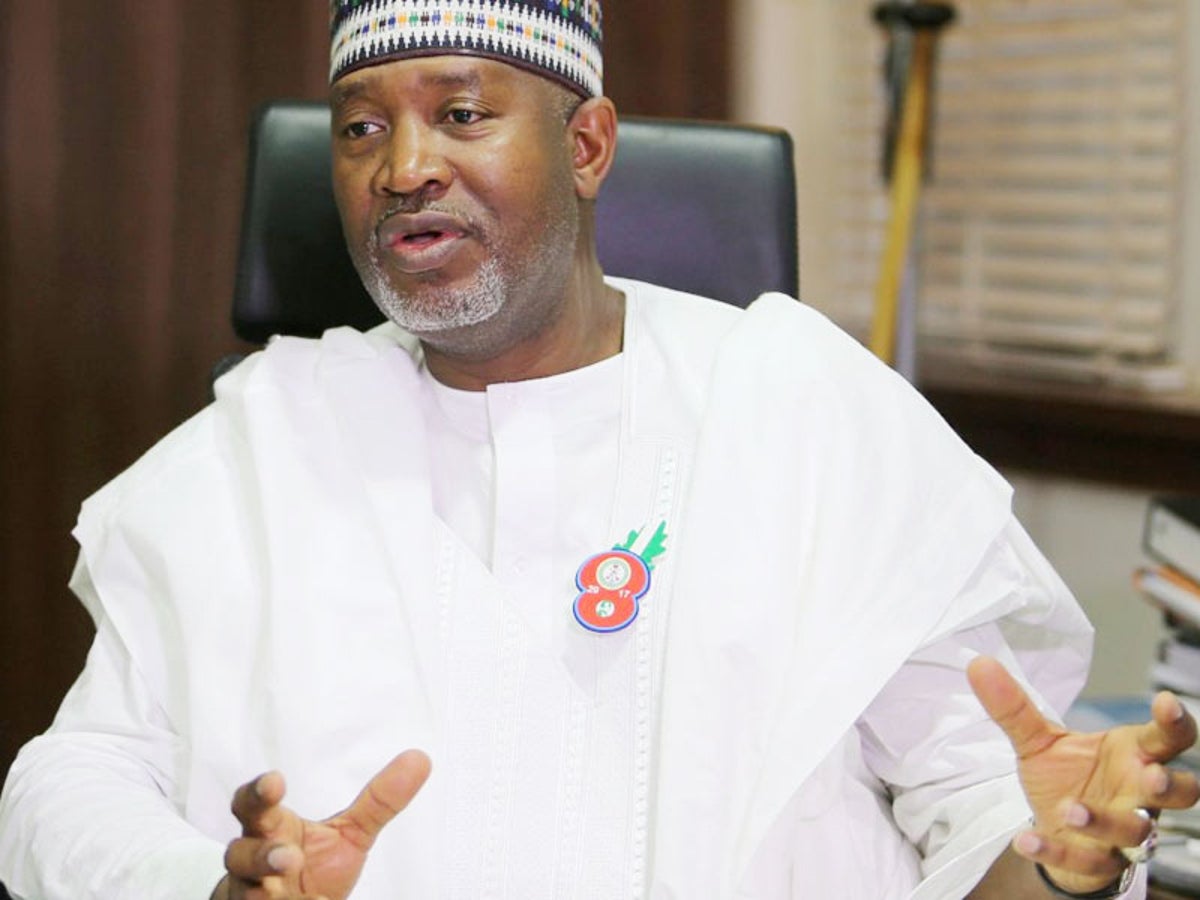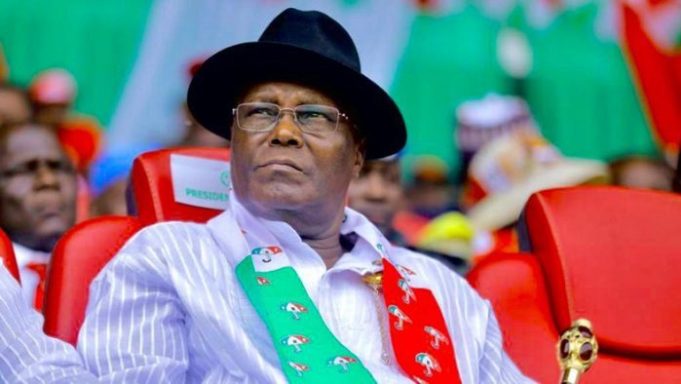
By David Ignatius
U.S President Donald Trump came closer to the brink of ordering active-duty military troops to intervene against protesters in Washington this week than has generally been reported, according to senior Pentagon officials.
“It was clear to me that the president was ready to use the Insurrection Act and send in troops” on Monday, when federal police cleared the area near the White House so Trump could pose for a photo outside St. John’s Episcopal Church, said one knowledgeable senior Pentagon official. The official requested anonymity because of the sensitivity of the issues.
Trump’s push for direct military intervention came in a noisy meeting midday Monday in the Oval Office with Vice President Pence, Defense Secretary Mark T. Esper, Attorney General William P. Barr and Gen. Mark A. Milley, the chairman of the Joint Chiefs of Staff. Esper, Barr and Milley all opposed the active-duty troop call-up, while Pence took Trump’s side, the senior Pentagon official said.
Advisers urged the president to hold off an immediate deployment, arguing that National Guard troops activated by state governors could maintain order in the Washington region and elsewhere for now. Trump wasn’t convinced, the Pentagon official said, countering: “We need to get control of the streets. We need 10,000 troops up here [in Washington]. I want it right now.”
When the heated discussion ended, Trump led a conference call with state governors, during which he said he was putting Milley “in charge” of military operations and urged the governors to “dominate” what Esper described as the “battlespace.”
Esper, who still hoped to contain the protests using National Guard troops, told the governors that the Pentagon “stands ready to fully support you in terms of helping mobilize the guard and doing what they need to do. . . . Most of the guard has not been [called] up. . . . The sooner you mass and dominate the battlespace, the quicker this dissipates,” according to a transcript of the call.
Monday afternoon, before the fateful stroll across Lafayette Square to St. John’s Church, Esper ordered about 1,600 active-duty U.S. Army troops to move forward for possible deployment in Washington. That evening, units of the elite 82nd Airborne began moving from Fort Bragg in North Carolina toward Fort Belvoir, in the Virginia suburbs 23 miles south of the capital. The 3rd Infantry Regiment, known as “The Old Guard,” stationed at Fort Myer just across Memorial Bridge in Arlington, was also alerted.
Esper was also pursuing on Monday afternoon the alternate course of augmenting National Guard forces that could be deployed to Washington. The secretary or his staff contacted governors or other officials in Maryland, Virginia and Pennsylvania, the senior official said. Esper believed that if the Guard couldn’t show a large presence in the area, Trump would deploy the active-duty forces.
The streets in Washington had calmed by Tuesday, in part because of mounting criticism by former military leaders of Trump’s inflammatory rhetoric and his pugnacious photo op. Esper and Milley, facing sharp criticism for having acquiesced in Trump’s show of force, both issued statements to the troops late Tuesday stressing the military’s obligation to support the Constitution — and, implicitly, stay out of politics.
Esper had planned to order the active-duty forces to stand down Tuesday. But on Wednesday, the senior official said, the administration heard a rumor that Black Lives Matter protesters might be planning a march on Washington, which worried officials. By Thursday, the senior official said, concerns about the march receded and Esper ordered the troops back to barracks.
The lesson of this narrative: As divisive as Trump’s response to the crisis that followed George Floyd’s brutal death has been, it could have been worse. If Trump had followed his instinct and sent regular army troops to quell civil protests against racial injustice, the damage to the military would have been lasting. And the scars on the American body politic would have been even deeper.
Culled from Washingtonpost.com



